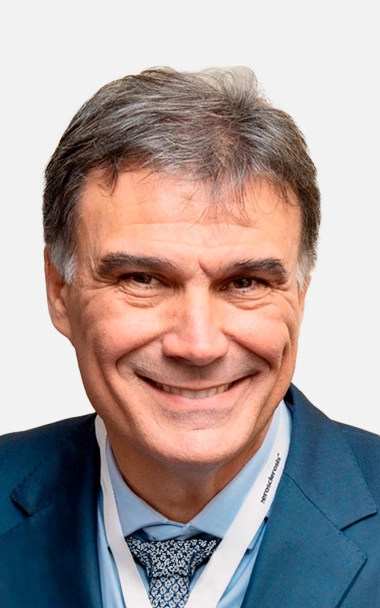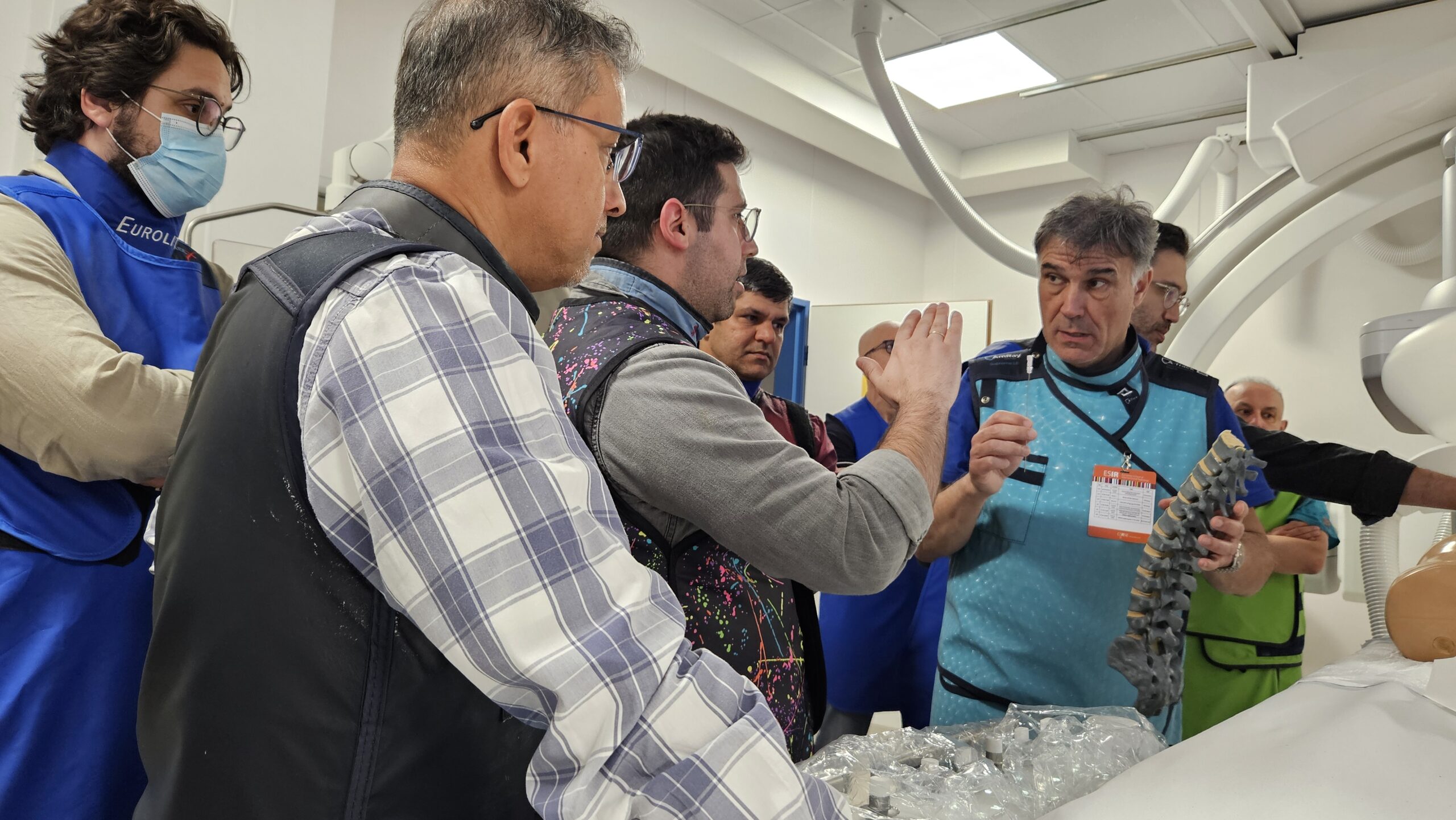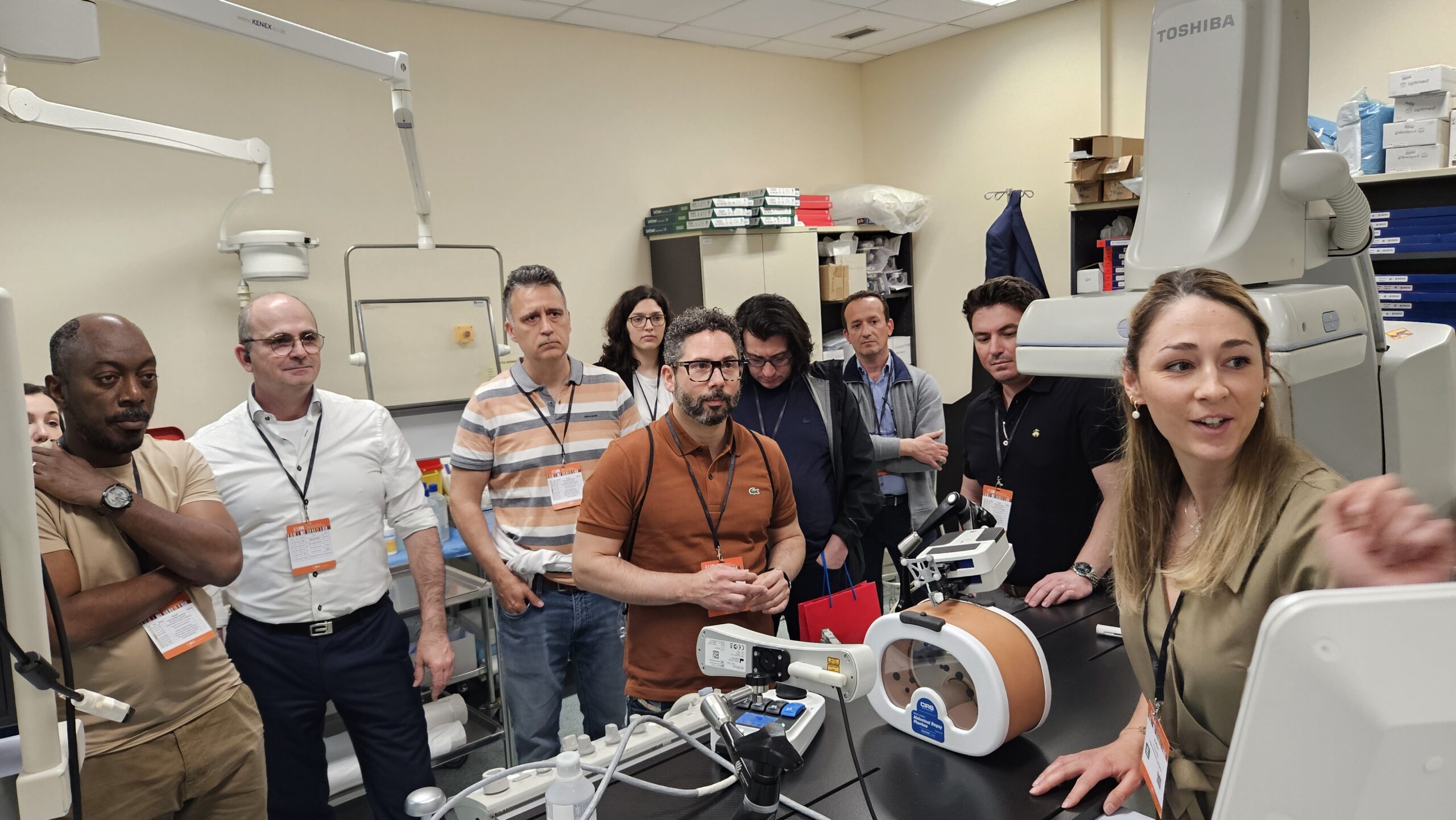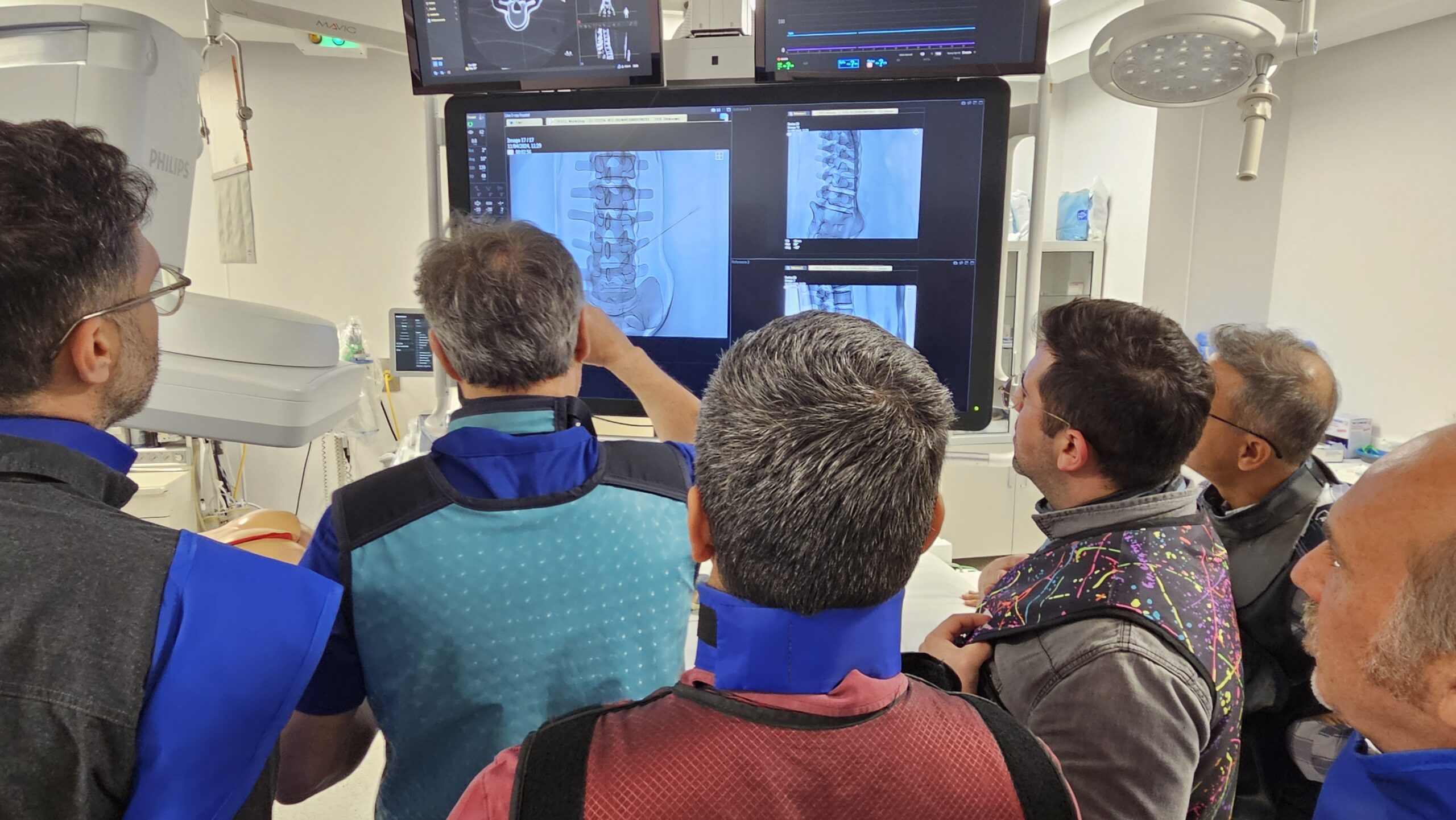ESIR 2025: Spine interventions with Dr. Marcia
Minimally invasive interventions in the spine represent a rapidly evolving field incorporating a broad range of advanced techniques. Such techniques provide effective treatment options for various spinal conditions, including back pain from multiple causes, cancer-related pain, neurogenic claudication, and sacroiliac joint pain. Over the past decade, significant advancements have expanded the therapeutic toolkit, making these procedures accessible to carefully selected patients. Optimal patient selection is crucial for a personalized treatment approach, while technical proficiency and high-quality imaging guidance enhance both safety and effectiveness.
The upcoming ESIR course “Spine interventions: Advanced indications,” June 5-6 in Cagliari, Italy, will cover several indications and techniques for advanced spinal procedures throughout the theoretical portion, and hands-on workshops with spine models will allow participants to practice these procedures in a controlled setting. Early fees for this course are available until April 10!
Local host, Dr. Stefano Marcia, spoke to us to share what attendees can expect in Cagliari this June.
CIRSE: You are a well-known expert in spine interventions – what does your current practice look like? What motivated you to host an ESIR course on the topic?
Marcia: My daily practice reflects exactly what will be covered during the course: the treatment of vertebral fractures using intravertebral implants, the treatment of canal stenosis and micro-instabilities using both dynamic and fusion interspinous spacers, and the treatment of benign and malignant spinal tumours through ablation and cementoplasty techniques. I’ve been organizing internationally recognized live courses in my hospital for many years, and my experience in course organization and my familiarity with the topics covered led me to request the opportunity to host this ESIR course.
CIRSE: What are your observations on how percutaneous interventions of the spine have evolved over the last ten years? What are the key techniques and skills essential for physicians engaging in percutaneous spine procedures?
Marcia: The evolution of technology for percutaneous interventions in the spine has been driven by the needs of operators, so the close collaboration between interventional radiologists and companies has led to an improvement in devices and the development of new techniques.
Certainly, having a good knowledge of basic procedures is an essential first step before approaching more advanced procedures. However, what is truly important is clinical knowledge and knowing the correct indications for treatment. Good technique alone has no positive effect on the patient if it is not associated with the proper indications for the procedure itself.
CIRSE: Who should attend this course? How will it be different from the previous ESIR course on spine interventions?
Marcia: This course will be of interest to all interventional radiologists who have at least a basic knowledge of the approach to the vertebral body and the vertebral disc complex, as well as a good understanding of pathologies and their treatment possibilities through interventional radiology. Attendees will be able to deepen their understanding of spinal procedures and will have the chance to participate in hands-on workshops with spine models.
This is the first time there has been a separation between basic procedures—the basic course was held last year in Athens—and advanced procedures, which will be covered this year here in Cagliari.
CIRSE: What are you most looking forward to?
Marcia: I would love for the trainees to leave satisfied, having gained additional knowledge which will enrich their expertise. It is my hope that Cagliari will increasingly become a reference centre for teaching interventional spine procedures.




